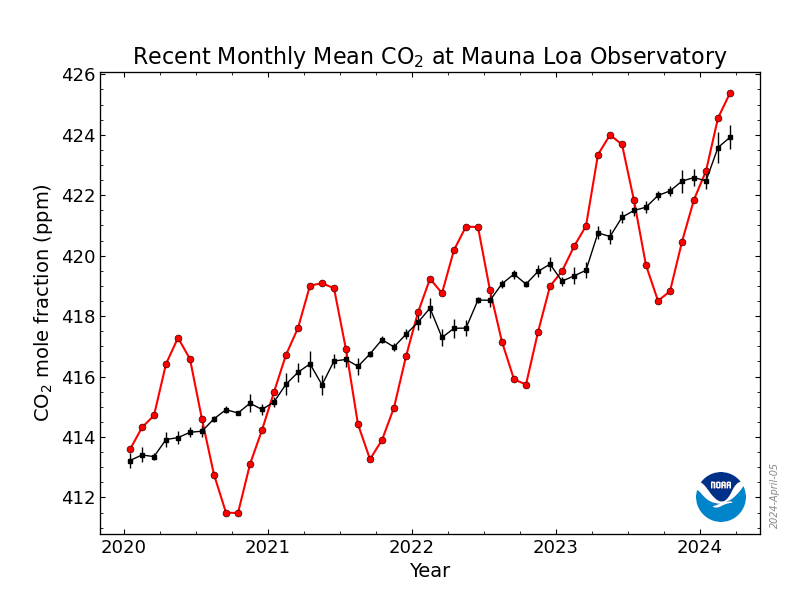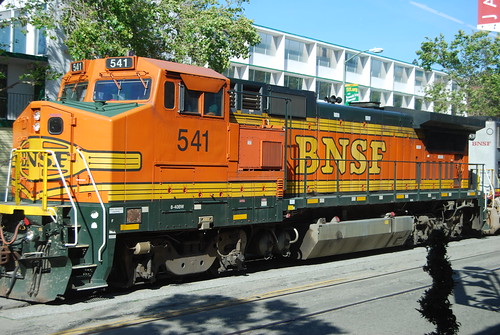A

few weeks ago, the new trail connection from Harrison Street to the Custis Trail was completed (see post
here). As you can see from this photo, there is a bollard installed at the end of the connector by the sidewalk on Harrison Street. That got me thinking about bollards on trails. Having given it some thought, at least for the areas where I generally ride in DC and Northern Virginia areas, I think they are a waste of money and effort, serve no purpose and sometimes create a hazard.
The picture above shows the Harrison St. end of the new connector. Note the bollard installed in the middle of the trail. Presumably it is there to prevent cars from driving on the trail. (Please note that this picture was taken before this project was ultimately completed. There is a curb cut that will be built here to allow access to the trail from the street.) Other bike riders who read this blog are welcome to comment, but in all my years of riding the trails, I have never encountered any unauthorized vehicles on the trails. Maybe that means the bollards are working!? Well, except for the fact that there are numerous locations that have no bollards, and I've never seen vehicles in those areas either. Here are a couple that are near my house (click on any photo for a larger version):

Note that this one has the post hole and base, which presents a hazard in and of itself. This bollard has been missing for years along this well traveled road, yet I have never noted any cars turning onto the path.

Here's another. This one used to have a bollard, and one can see where it was removed and paved over to provide a smooth surface (although it's difficult to see in the photo, sorry). I have never encountered any cars trying to drive on this trail.

Here's a W&OD crossing in Loudoun County. Note there is no bollard even though the trail is easily wide enough to accomodate a motor vehicle.

Here's a case where the bollard proved to be an impediment. The plow was unable to plow the final 30 yards to the sidewalk after the recent snow, because this bollard was in the way.

I have saved the dumbest one for last. A few months ago, this
new connection was built along the W&OD in Fairfax County near milepost 10. It connects the trail to a residential street called Malraux Drive (
link to map here). There are bollards on both ends of the connector! And not small ones, either. Both of them are heavy steel construction that probably cost hundreds of dollars to install. One could make an argument for the bollard at the other end, where the connector meets the street, but this one--at the connection of two trails--is senseless. In fact, it is worse than senseless: it's a hazard. I remember one day when I was pulling my daughter on the trailer bike, I got very nervous that I would smash her hand on the bollard as I negotiated this corner. I didn't thankfully.
So all in all, I think that bollards are one of those institutional inertia issues. They've always been put in, and no one questions why. So now I'm questioning why. Here are the key points of consideration:
- Based on my experience, they seem to address a non-existent problem
- They cost money, which could be saved if they were not installed. Perhaps the savings could be used for
better trail signage
- They can present a hazard to cyclists
- They require maintenance, which is an additional cost. Or if not maintained, they break or eventually are removed and/or lost.
- They can impede the movement of authorized vehicles, such as snow removal, maintenance or emergency vehicles.
My recommendation would be that bollards not be included in future trail improvements. Should it turn out in the unlikely event that unauthorized vehicles become a problem, the bollard could be installed at a later date.
--------------------------------
There are three consecutive bollards in this photo along one short section of trail. This trail has since been modified, but there is still one bollard sitting in the middle of the trail at a point where there is no intersection of any kind.
My daughter ran into this bollard, which is a bad design. There are actually two bollards here, one on each side of the trail in the exact center of the lane of travel!!! Talk about a hazard.
























